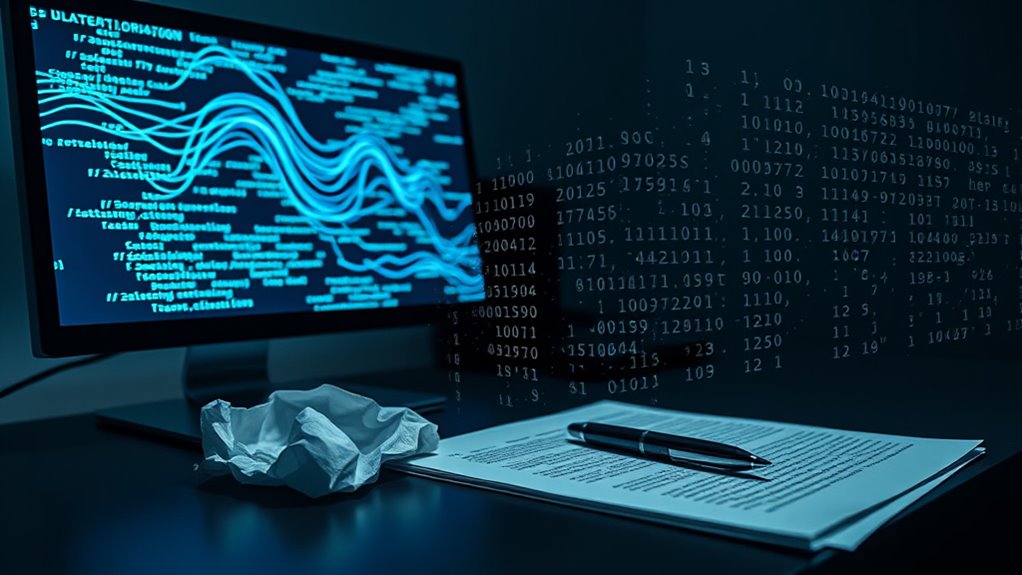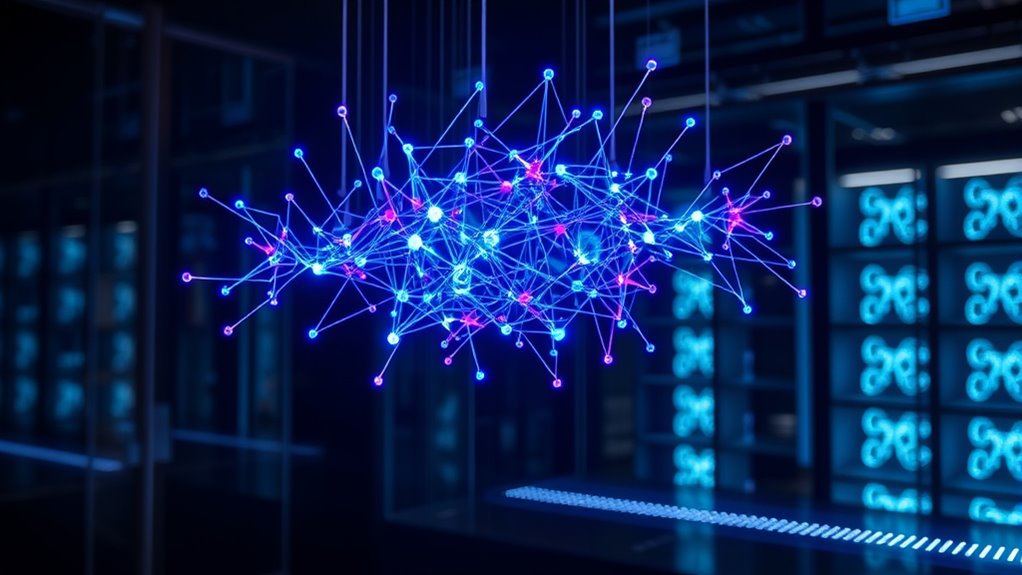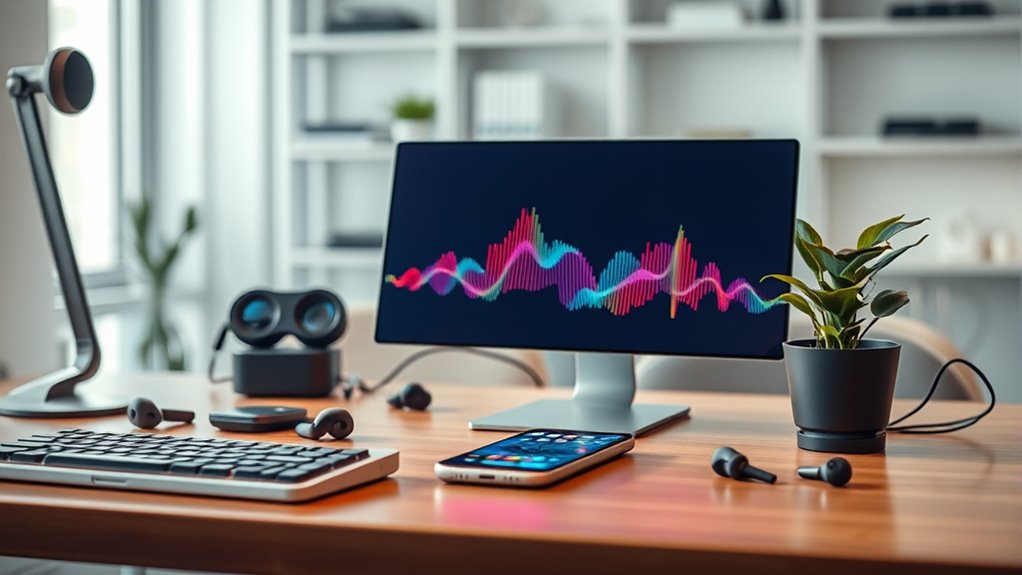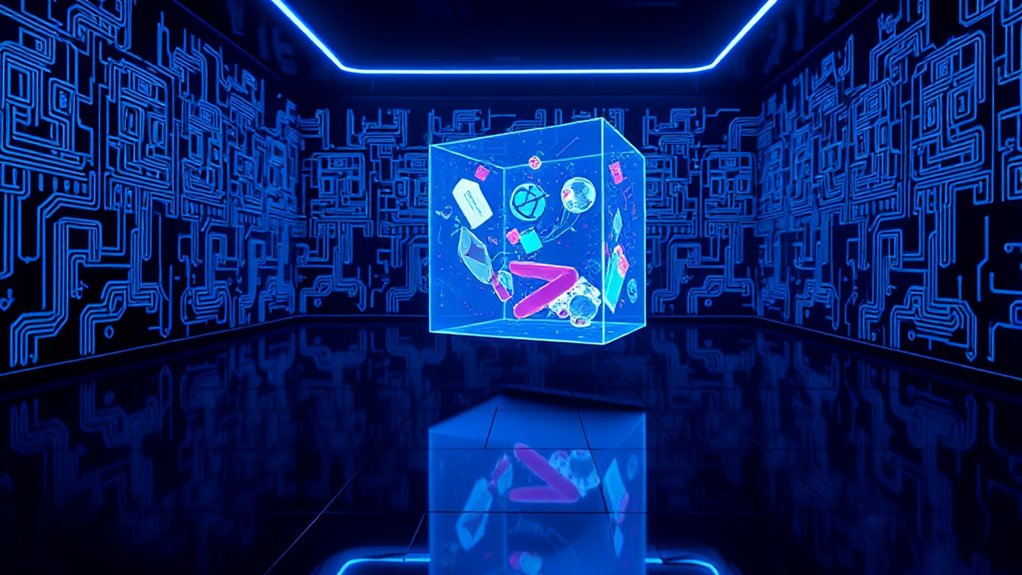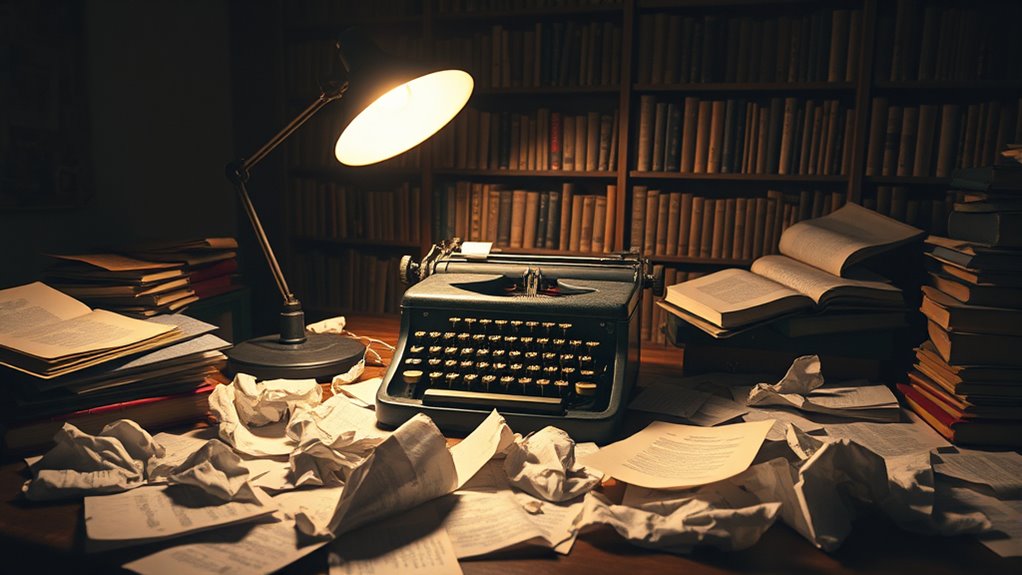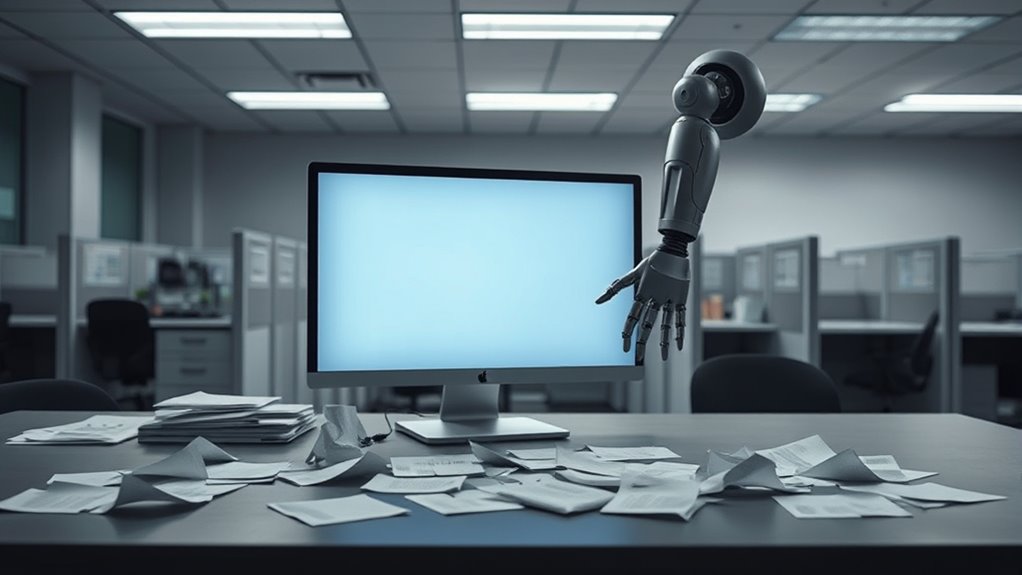Although there! Although technology is advancing rapidly, the rise of artificial intelligence, or AI, has brought new challenges in the world of writing and originality. AI can create text that looks like it’s written by a human. This makes it hard to tell if something is truly original. New tools are being made to spot AI-generated content, but they’re not perfect. This issue is growing in schools and workplaces where honesty in writing matters a lot. Educators and editors face significant difficulties in distinguishing AI-generated text from original work due to its human-like quality significant detection difficulties.
Tools like Plagium Originality AI use smart computer programs to check if text is made by AI. They look at huge collections of writing to see if something matches. Some of these tools even work in different languages, which is pretty helpful. But they’ve got limits. If someone edits AI text after it’s made, the tools might not catch it. They also look at style and context, not just words, to figure things out. Plagium’s advanced algorithms help in comparing text against vast databases to assess authenticity advanced algorithms help.
There’re also tools like Turnitin and Copyleaks that check for copied work. They’re mostly used in schools to keep writing honest. These tools use clever tech to spot even small changes in sentences. They’re not built just for AI text, but they can sometimes notice it. Still, they’re not always right, so people can’t rely on them alone. Additionally, while these plagiarism checkers are useful, a comprehensive approach that includes reviewing context and style is essential for accuracy comprehensive approach essential.
AI itself is getting better at finding unoriginal work. Some tools use special models to target AI-made text. They compare writing to big databases of both human and AI content. But as AI keeps improving, so must these detectors. It’s a constant race. Plus, if a person changes AI text a bit, it gets trickier to spot. There’re also worries about privacy since these tools handle personal data.
Detecting AI content isn’t easy. Tools look at things like word choice and sentence length to guess if AI wrote it. They’re getting smarter with machine learning, but challenges remain. Edited text can slip through. That’s why using different methods together works best. AI detectors are always updating to keep up. Still, questions about ethics and data safety linger as this tech grows.
